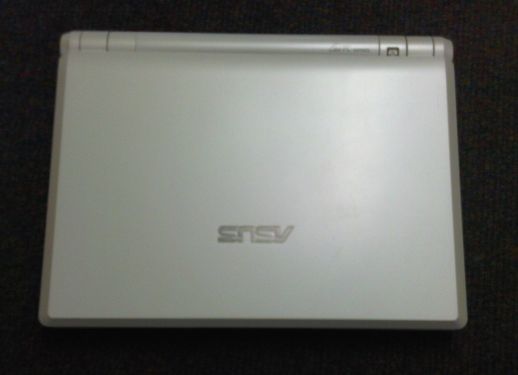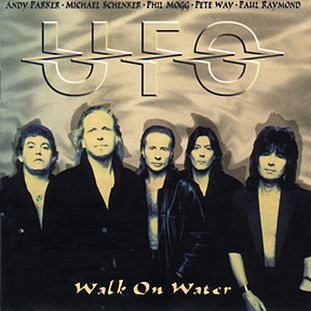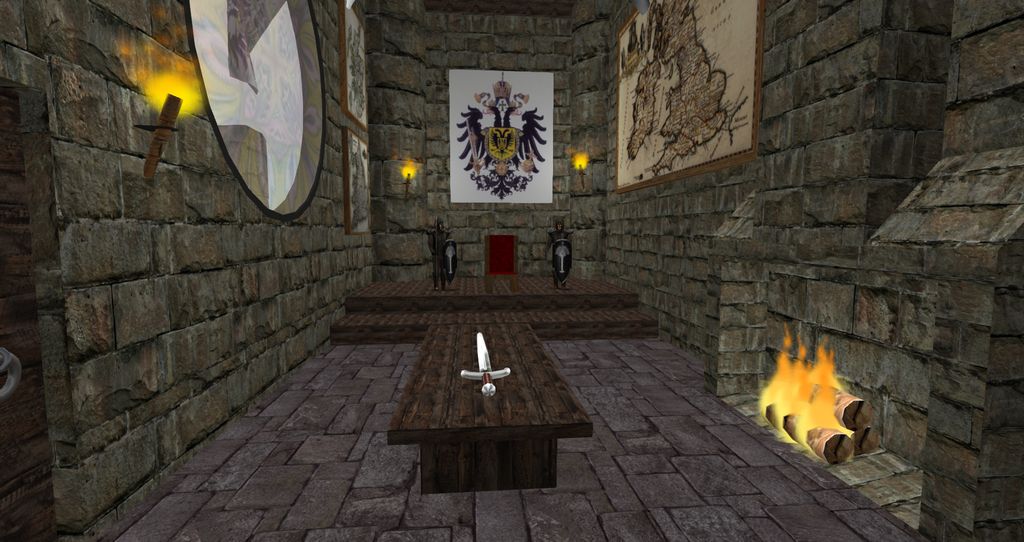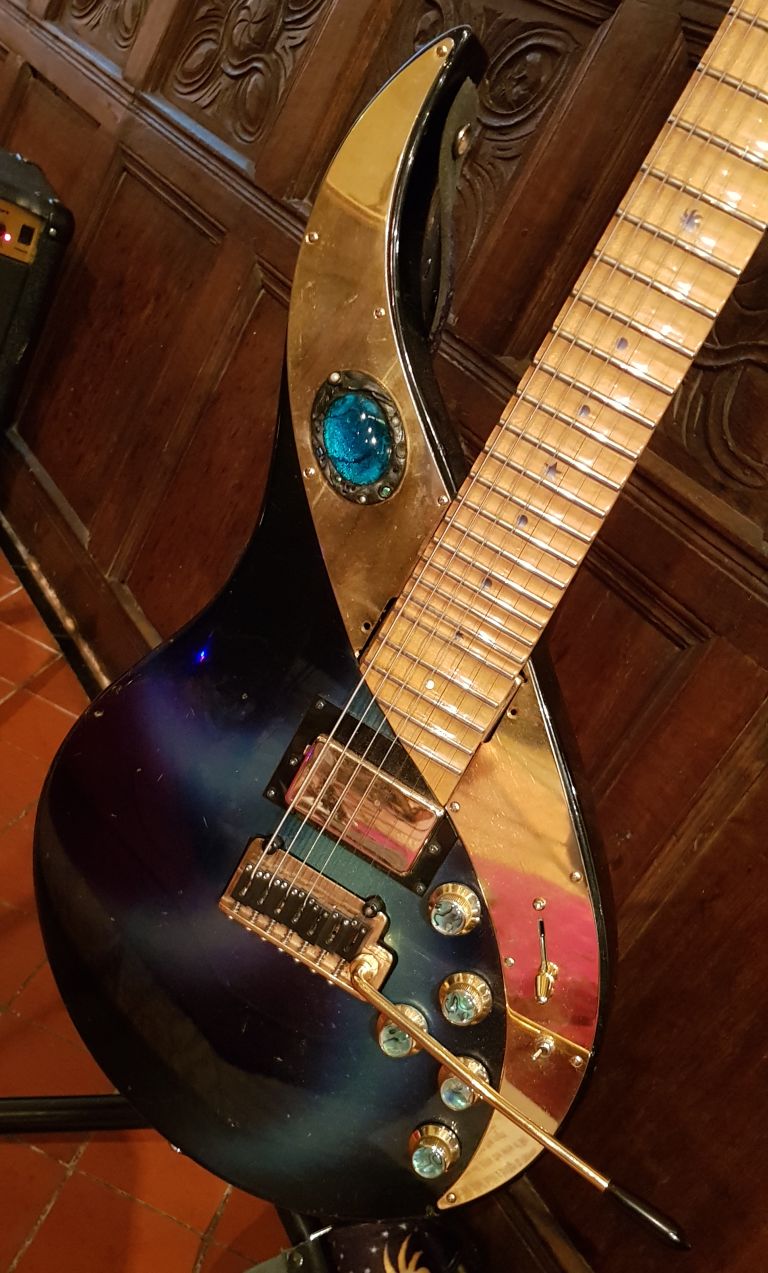Personal Details
Name: Dr. David Andrew WOOD
Address: Mathematics Institute, University of Warwick, Coventry, CV4 7AL.
Telephone (work): 024 7652 3592
Email (work): david.wood(at)warwick.ac.uk
Email (personal): dave(at)dave-wood.org
Nationality: British
Education
1992 to 1995 University of Warwick, Coventry, CV4 7AL.
PhD. in Mathematics (graduated July 1996):
Thesis title “Coupled Oscillators With Internal Z2 Symmetry”. Main results using Equivariant Bifurcation theory to study a new class of coupled systems in the cases of both steady-state and Hopf bifurcations. Application to a biological system which is also of interest to roboticists. Supervised by Ian Stewart.
1991 to 1992 University of Warwick, Coventry, CV4 7AL.
MSc. in Mathematics:
Dissertation title “Towards Modelling an Insects Central Pattern Generator by Networks of Coupled Nonlinear Oscillators”. Courses taken include Manifolds, Dynamical Systems, Dynamical Systems with Symmetry and Mathematical Biology.
1988 to 1991 University of Warwick, Coventry, CV4 7AL.
BSc. (hons) in Applied Mathematics: First Class.
1982 to 1988 Dr. Challoners Grammar School, Amersham, Bucks.
4 GCE A’levels (Maths, Further Maths, Physics, History ), 1 GCE OA’level (Maths), 9 GCE O’levels grades A-C.
Work
July 2006 to present Mathematics Institute, UNIVERSITY OF WARWICK, CV4 7AL.
Reader (FA 8), Director of Undergraduate Studies (see below for details) 2006 to 2024, Chair of the Faculty of Science Undergraduate Studies Committee (SUGS, formerly Sub Faculty of Science) 2012 to 2016, on Sabbatical (Study Leave) 2024-2025.
July 1999 to 2006 Mathematics Institute, UNIVERSITY OF WARWICK, CV4 7AL.
Temporary Lecturer, Teaching Fellow: Teaching load equivalent to 2 ten week lecture courses, 23 undergraduate tutees and one MSc. student. In addition responsible for ‘Mathstuff’, a Web based teaching and learning resource for the undergraduates in the department and increasing administrative duties (First year exam secretary, undergraduate support class organisation, etc.)
October 1997 to July 1999 OCIAM, Mathematical Institute, UNIVERSITY OF OXFORD, 24-29 St. Giles, Oxford, OX1 3LB.
Research Assistant funded by EPSRC
October 1998 to October 1999 Somerville College, OXFORD.
College Lecturer: Tutoring undergraduates at the college in Applied Mathematics.
October 1995 to October 1997 Mathematics Institute, UNIVERSITY OF WARWICK, Coventry, CV4 7AL.
Research Assistant: Working under Ian Stewart on a DTI funded project (Carrier Technology Initiative) on the dynamic control of a spring coiling machine (DYNACON) using traditional, fuzzy logic and chaos control techniques. The project also looked at quality control testing of strip using novel approaches.
October 1994 to October 1995 Mathematics Institute, UNIVERSITY OF WARWICK, Coventry, CV4 7AL.
Teaching Assistant
Details of Current Post
I have been in continuous employment by the Mathematics Institute, University of Warwick, since July 1999, and from 2006 to 2024 as Director of Undergraduate Studies.
Current and recent teaching duties
- MA132 Foundations
- MA3J3 Bifurcations, Catastrophes and Symmetry
- MA133 Differential Equations: First year undergraduate module introducing first and second order differential equations, difference equations and 2×2 systems of ODEs. 30 lectures, assessment: 15% by assignments, 85% by 2 hour exam.
- MA3H8 Equivariant Bifurcation Theory (previously MA372 Reading Module): based on Stewart/Golubitsky “The Symmetry Perspective”.
- MA3E7 Problem Solving: Module usually run by the Institute of Education exploring the mechanisms and thought processes behind solving problems.
- MA255 Virtual Mathematics: an innovative module to investigate the dissemination of mathematics on the web though web pages, screencasts, Prezi and Virtual Worlds.
- I also act as personal tutor to undergraduate students and regularly take on 4th year projects.
Administrative duties
- As Director of Undergraduate Studies I was responsible for, approximately, 1200 undergraduate students as well as involvement in some aspects of external students who take some of our modules as core for their courses. In this role my duties include all things undergraduate, including regulations, course transfers, unusual options, arranging and managing teaching for support classes and supervisions, dealing with students with mitigating circumstances etc.
- Have sat on various committees in both the mathematics department (Teaching Committee, Staff Student Liaison Committee, Exam Boards for all years) and University where I was Chair of the Science Faculty Undergraduate Studies Committee for a period. I have been on the Science Faculty Education Committee, the Board of the Faculty of Science, Board of Undergraduate Studies (now defunct), IATL Management Committee, Warwick Volunteers Steering Committee and several AQSC Working Groups.
- I am a Governor at Barr’s Hill School in Coventry, as a representative of the University and a Member of the Futures Trust, a multi academy trust of which Barr’s Hill is a member along side President Kennedy and several other secondary and primary schools across the region.
Teaching Experience
- I was a Foundation Fellow of the University’s “Warwick International Higher Education Academy” (WIHEA) from its inception in 2015 to August 2018 (fixed term fellowships).
- I have taught the first year core module Foundations (now module code MA132) for a number of years both to students from the Mathematics Department and those on joint degrees. Most recently from 2022 onwards. This is a first term module introducing students to the idea of proof, set theory, functions, logic, equivalence relations and some number theory (leading to vatious cryptosystems such as Diffie-Hellmand and RSA).
- In 2016 I started running a new module MA3J3 Bifurcations, Catastrophes and Symmetry which superseded the Equivariant Bifurcation Theory module below.
- In 2014 I taught a 3rd year Reading Module on Equivariant Bifurcation Theory, which became a regular lecture course in 2014/15, essentially following the first four chapters of Golubitsky/Stewart “The Symmetry Perspective” with additional reading from pertinent chapters of Golubitsky/Stewart/Schaeffer “Singularities and Groups in Bifurcation Theory Volume II”.
- Also from 2014 I have been teaching a module on behalf of what was the Institute of Education, IE420 Problem Solving (now MA3E7) , based on the book of Mason et. al. “Thinking Mathematically”.
- In 2012/3 and 2013/14 I taught new innovative module “MA255 Virtual Mathematics” exploring ways of disseminating mathematics online to audiences such as gifted and talented, public understanding of science, undergraduates or struggling school kids. The module is 100% assessed through reflective blogs, group wiki, class tasks and a major individual online project.
- In 2011 I was involved in an innovative approach to explore abstract ideas with second year Undergraduates in collaboration with the Institute of Advanced Teaching and Learning: Abstraction in Open Spaces
- From 2006 until 2014, and then 2017 to 2021, I taught MA133 Differential Equations (350 students) introducing first and second order differential equations, difference equations and 2×2 systems of ODEs.
- In the academic year 2007/8 I was a “commendee” in the Warwick Awards for Teaching Excellence (WATE) after reaching the final shortlist of 10.
- I taught the module MA240 Modelling Natures Nonlinearity at Warwick for most years during the period 1995 to 2012, apart from when I was at Oxford. This was a course primarily for second year undergraduates which introduced some deep ideas about nonlinear mathematics to students without the necessary background for a rigorous approach. The course was 100% assessed, through 2 assessments, which included ‘walk-through’ exam-style questions, sometimes a small amount of computer simulation and a small but significant compulsory project. The project in particular proved extremely popular with students and often showed a lot of originality and insight. I put together a complete set of printed lecture notes for the course and in the years that I taught this module received very positive feedback from the students.
- For two years (99/00, 00/01) I taught the first year course “3D Geometry and Motion II”, a core 15 lecture course for the first year mathematicians (220 students) essentially covering the various extensions of integration of single variables to higher dimensions.
- While a Lecturer at Somerville College I taught Applied Mathematics, mainly to the colleges first year mathematicians. This consisted of holding small group tutorials every week during term time and setting and marking weekly assignments and termly College exams.
- For two years at Oxford University I assisted with examples classes for the third year course ‘b10 Nonlinear Systems’.
- For four years from 1992 to 1995, as a graduate student, I helped supervise the first year course Experimental Maths, at Warwick University; a mixture of simple experimental observation followed by rigorous mathematical modelling and ran for five weeks each year. During the same period I also acted as a ‘supervisor’ to first and second year undergraduates which involved giving support to small groups of students on a weekly basis. In 1996 and 1997 I continued with these, with, in addition, acting as personal tutor to some first, second and third year undergraduates.
In June 2014 a doctoral student jointly supervised by myself and Matt Keeling successfully defended her thesis “How much do we care about biting insects? Modelling the dynamics of vector-borne diseases”.
Ongoing Personal Development and Leadership
I am constantly looking at ways to improve my own personal teaching as well as keeping on top of current trends in maths education (including the ever evolving stage of technology enhanced learning). I was the leading organiser of the Science Faculty Teaching and Learning Showcase along with the University’s LDC (Learning and Development Centre) which aimed to showcase and share good practice within the faculty, and play an active role in various fora within the University, in particular the Technology Enhanced Learning Forum and Moodle User Group, both of which allow active learning from other like-minded individuals within the institution. I also have a close relationship with the Institute for Advanced Teaching and Learning (IATL) through which I can explore my own innovative teaching ideas but also be involved in other innovative initiatives throughout the University.
Through my role as Chair of the Science Faculty Undergraduate Committee (SUGS, now SEMEC) I had the opportunity to help shape good practice within and beyond the University, this has included involvement in some quite major changes to University regulations and practices, as well as some other more subtle changes which still have a significant impact on the experiences of our students.
Gifted and Talented
In 2002 I was the course leader for mathematics at the inaugural Summer School of the National Academy for Gifted and Talented Youth (NAGTY). The main focus of this was the three week summer school held at Warwick University (residential for the students attending) for which I had to provide and teach material for 20 children, ranging from ages 11 to 16 who had a range of different backgrounds. I continued to be a course leader at the Warwick Summer Schools for the duration of NAGTY which came to an end in 2007. I also ran three online projects based on population modelling, called “Gaia Island”. These project were a mixture of online work using forums and a web site along with a small number of outreach sessions at the University. There were typically 70-80 students registered for each of these projects, running over 8 to 12 weeks. In addition I was involved in several strategy events and at one stage as a
consultant.
NAGTY was then replaced at Warwick by IGGY (International Gateway for Gifted Youth) which aimed to use our experience of gifted education to bring together exceptional children from all over the world. I was course leader for both Summer and Winter schools in Warwick, Singapore and Botswana (“Mathematics through the eyes of an ant”).
From March 2011 the strategic decision was made by the University to concentrate more on the online provision as part of the University’s strategy, and I was the Academic Leader in the initial process, with my duties shared between encouraging fellow academics to contribute exciting content and leading the Junior Commission, “Energy 2025” (as well as providing content myself). The Summer Schools were restarted in Summer 2015 at Warwick where I once again ran a maths course “Infectious Mathematics”.
In 2017 the University took the decision to wind down IGGY’s activities.
Research Interests and Activities
My research interests are two-fold, although the two are not necessarily unrelated. Firstly I am interest in issues in Equivariant Bifurcation Theory, in particular its application to systems of coupled cells/oscillators with some inherent symmetry properties. There are still many unanswered questions to consider in such systems, especially when one allows an ‘internal symmetry’ to exist within each cell when uncoupled. The current state of research in this area suggests that there are many interesting phenomena to study, for both the abstract side and applications. Of particular interest are systems where the coupling leads to a ‘wreath product’ of the global and internal symmetries (essentially a semi-direct product). Applications with which I am specifically involved include
- The modelling of an insects ‘Central Pattern Generator’ (essentially the network of neurons controlling inter-limb coordination during locomotion) using networks of coupled oscillators. Such a problem is of interest to both biologists, industrialists and roboticists and has lead from the study of a relatively low number of oscillators (six) to consideration of coupled rings of a large number of cells (typically 20) due to evolutionary considerations. Recent work by others have made this problem a little more tractable and has also led to some other possible implications to my models.
- Using the symmetry properties of a derived performance measure to optimize the placement of an array of hydrophones (a network of typically 15-20 underwater microphones). The performance measure is a in some sense a function of the success of such an array detecting the direction of a plane wave in an isotropic noise field. The results of this analysis appeared in the European Journal of Applied Mathematics and essentially they show that a numerical optimization problem in R^{2n} where n is of the order of 20 or so, can be reduced to a series of numerical optimizations in R or R².
The latter problem in particular has led to more theoretical work of bifurcation analysis in O(2)xSn-equivariant functions. It turns out that the branches of solutions that are interesting are those joining two branches from a primary bifurcation which are created through secondary bifurcations. The analysis, which must be done for a fifth-order truncation in 2n dimensions, can be simplified due to the symmetries present, but is still turning out to be rather complicated. The patterns of solution observed however are rather nice, and in addition to the hydro phone problem detailed above there is potential for some other interesting applications.
In addition there are some other research problems with which I am interested, which I intend to pursue in the future when time allows.
Maths in Industry
I have been involved in mathematical problems in industry for many years, including my first post-doc working on control in the spring making industry, and my two years at Oxford where one of my main duties was writing reports for the OCIAM Friday Workshops with Industry. I have attended nearly all of the UK European Study Groups with Industry since 1998, and several Danish meetings, and in 2010 was the organiser for ESGI 73 held at Warwick and on the organising committee for ESGI 130 in 2017, also at Warwick.
Other Pertinent Activities
My interest in innovation and sharing my passion for mathematics has been going on for a great number of years, some of my earlier exploits include:
- I have advised a BBC Scotland production team on the presentation of statistical facts and figures for use in a series of six programs on different aspects of weather.
- In 2002 I gave a public lecture on ’Nothing’ as part of a series of talks in the Warwick Arts Centre to accompany an exhibition in the Mead Gallery. Other speakers in the series included Sir Patrick Moore.
- In 1999 I gave mathematical support, in an advisory role, to a Millennium project based in Bristol (@Bristol) helping with hands on exhibits concerned with predictability, risk, and patterns.
- In 1996 I was a ’Central Course Tutor’, via computer conferencing, for Europace 2000, Chaos and Complexity. This was a course to introduce graduate level students at several European institutions to chaos theory and dynamical systems by use of videos, accompanying booklets and the (very early) Internet.
Selected Publications
- I. Stewart, D. Wood, Stable Synchronous Propagation of Signals by Feedforward Networks, SIAM Journal on Applied Dynamical Systems 23, pp167-204, 2024, https://doi.org/10.1137/23M1552267.
- K. Rock, D. Wood, M. Keeling, Age- and bite-structured models for vector-borne diseases, Epidemics, 2015.
- K. Rock, M. Keeling, D. Wood, Modelling the future of the Hawaiian honeycreeper: An ecological and epidemiological problem, Ecological Modelling 235–236, pp 26–35, 2012.
- D. Wood, Making Better Springs Using Aspects of Chaos Theory, Journal of Mechanical Engineering Science 220, pp 253-269 2006.
- D. Wood, D. Allwright, Optimisation Of Hydrophone Placement: A Dynamical Systems Approach, European Journal of Applied Mathematics 14, pp369-386, 2003.
- D. Wood, A Cautionary Tale Of Coupling Cells With Internal Symmetries, International Journal of Bifurcation and Chaos 11, pp 123-132, 2001.
- M. Bayliss, R. Morris, M. Muldoon, M. Readman, L. Reynolds, I. Stewart, D. Wood, Control Of Free Length When Coiling A Helical Spring, IEE Control Theory and Applications, 148, 2001
- D. Wood, D. Allwright, Symmetries And Mode Interactions In The Optimisation Of Hydrophone Placement In Acoustic Arrays, Equadiff 99 Proceedings, World Scientific, Vol 1, 2000.
- D. Wood, Hopf Bifurcations In Three Coupled Oscillators With Internal Z2 Symmetries, Dynamics and Stability of Systems 13, pp 54-93, 1998.
Publications in progress
- I. Stewart and D. Wood, Stable Synchronous Propagation of Signals in Feedforward Networks of Standard Model Neurons.
- I. Stewart and D. Wood, Stable Synchronous Propagation of Signals in Feedforward Networks for Biped Locomotion.









